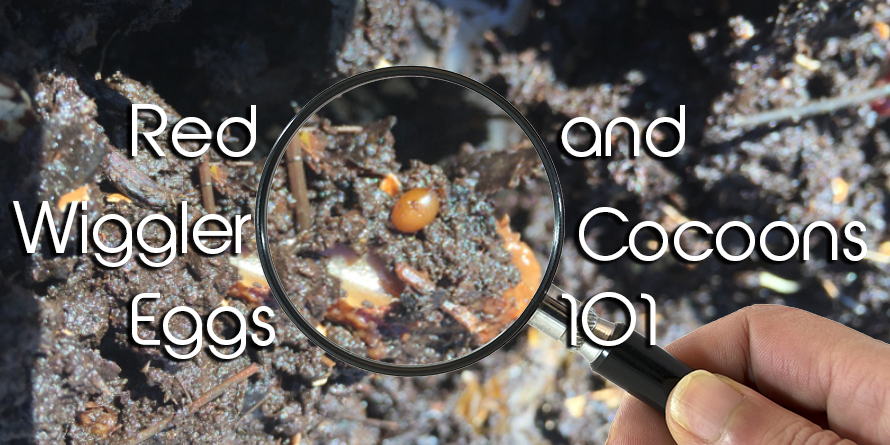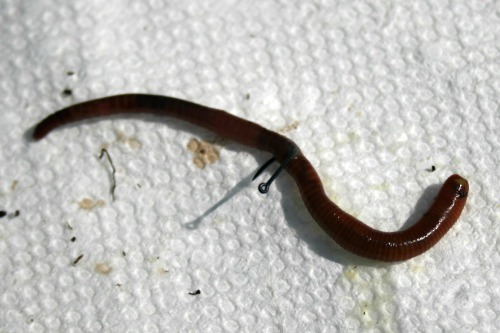Red Wigglers: The Unsung Heroes of Organic Waste Recycling
Red wigglers, or Eisenia fetida, offer as essential agents in the organic waste recycling procedure, transforming disposed of materials into valuable vermicompost. As the world significantly seeks services to combat waste buildup and enhance agricultural performance, comprehending the function of these worms comes to be necessary.
What Are Red Wigglers?
The remarkable strength of red wigglers, scientifically recognized as Eisenia fetida, emphasizes their important duty in organic waste recycling. These little, reddish-brown earthworms are generally discovered in decomposing raw material, such as compost heap and manure lots. Lake Hickory Bait. Unlike other earthworm types, red wigglers grow in nutrient-rich atmospheres and are very effective at breaking down organic products, making them necessary for vermicomposting

(Lake Rhodhiss Bait)In enhancement to their duty in waste reduction, red wigglers add to dirt wellness by boosting soil structure and oygenation through their burrowing tasks (Lake Hickory Bait). Their visibility in composting systems not just boosts disintegration rates yet likewise advertises a sustainable strategy to waste administration, illustrating their importance in environmental conservation initiatives
Advantages of Composting With Worms
Composting with worms, specifically red wigglers, uses various benefits that improve both waste monitoring and dirt wellness. These worms effectively break down organic waste, converting it right into nutrient-rich vermicompost that improves soil. This procedure speeds up decay, permitting a faster recycling of kitchen scraps and other natural materials contrasted to conventional composting approaches.
Additionally, the vermicompost produced by red wigglers is including helpful microbes, which aid enhance dirt structure, oygenation, and wetness retention. This enhances the total health and wellness of plants, advertising strenuous development and enhanced returns in gardens and agricultural setups. The usage of worms in composting reduces the production of greenhouse gases, such as methane, contributing to a more lasting waste monitoring system.

Just How to Start Vermicomposting
Developing a vermicomposting system is a simple process that can generate significant advantages for both waste monitoring and soil enrichment. To start, select a suitable container, such as a plastic bin or wood box, with ample air flow holes to ensure appropriate air movement. The measurements need to ideally be around 2 feet by 3 feet, permitting adequate room for the worms to grow.
Following, prepare bed linens material, which can consist of shredded paper, cardboard, or coconut coir. This bed linen must be dampened to develop an ideal environment for the worms. When the bed linen is in place, introduce red wigglers (Eisenia fetida) into the container, generally around one pound of worms for every square foot of surface.
Following the positioning of worms, include natural waste, such as fruit and vegetable scraps, coffee grounds, and smashed eggshells. Stay clear of including dairy products, meat, or oils, as these can create odors and bring in parasites. Lastly, place the container in a shaded, temperature-controlled area to maintain optimal problems for worm activity. With these actions, you will successfully initiate a vermicomposting system that adds to lasting waste administration and enriches your dirt.
Keeping a Healthy Worm Container
(Red Wiggler Express)Maintaining a worm bin growing needs normal interest and like guarantee the wellness of the red wigglers and the effectiveness of the composting procedure. Appropriate upkeep begins with checking the moisture degrees; the container ought to perspire but not soaked. A good policy of thumb is to keep a consistency comparable to a wrung-out sponge.
Delicately mixing the bed linens and food scraps every couple of weeks stops compaction and makes sure that all worms have accessibility this to oxygen. In addition, it is important to feed the worms properly.
If the bin ends up being too hot or cool, the worms might come to be stressed out. By carefully handling these elements, one can preserve a robust and productive worm container.
Effect On Lasting Living
The effective maintenance of a worm bin not just profits the health and wellness of red wigglers however also adds dramatically to lasting living methods. By recycling natural waste, such as kitchen area scraps and yard particles, red wigglers assist divert significant amounts of product from garbage dumps. This reduction in waste not just reduces greenhouse gas emissions yet likewise reduces the environmental worry related to waste monitoring.
In addition, the spreadings produced by red wigglers act as a nutrient-rich organic plant food, enhancing dirt health and advertising plant growth. This all-natural alternative to chemical plant foods supports sustainable farming and gardening techniques, decreasing dependence on synthetic inputs that can damage environments. Additionally, worm composting promotes recognition of waste administration, urging individuals and areas to adopt more lasting practices.

Final Thought
In recap, red wigglers function as important factors to natural waste reusing via their reliable disintegration of natural products. Their ability to produce nutrient-rich vermicompost enhances soil health and supports sustainable farming practices. By integrating vermicomposting into waste administration methods, people and neighborhoods can dramatically reduce waste while advertising ecological sustainability. The function of Eisenia fetida in promoting healthy and balanced environments emphasizes the importance of these microorganisms in accomplishing sustainable living and enhancing dirt fertility.